French astronaut Thomas Pesquet takes 'blobs' to space
Blobs are strange single-celled organisms that are neither plants nor animals nor funghi
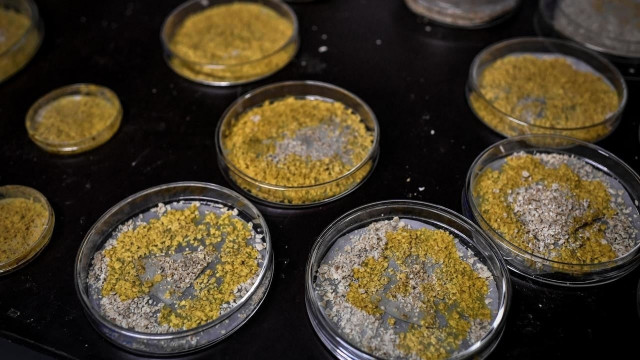
French astronaut Thomas Pesquet is due to lift off Friday for his second stay aboard the International Space Station. This time around he is taking four "blobs" with him, strange single-celled organisms that are neither plants nor animals nor funghi.
The aim is to study how their behaviour in space is affected by microgravity.
During the Alpha mission, which is scheduled to last six months, Pesquet will carry out numerous scientific experiments aboard the International Space Station (ISS).
The programme includes observing how astronauts sleep in space, growing a plant, moving an object with an "acoustic clamp" and also taking care of four blobs, the unicellular organisms that have long fascinated the scientific community.
Blob, or physarum polycephalum, its scientific name, is a living species difficult to classify: it is neither animal, plant, nor fungus. Composed of a single cell and several nuclei, it is one of the few unicellular organisms visible to the naked eye and its yellow colour gives it the appearance of an omelette or cheese gratin.
UAE partners with Japan's iSpace to send rover to the moon in 2022
"The blob is fascinating in many ways. It has exceptional abilities," said Audrey Dussutour, research director at the CNRS's Animal Cognition Research Centre, who heads the team overseeing the research into the single-celled organism.
Phenomenal resilience
A blob has no mouth but it can eat. Out in the wild, it consumes moss and in the laboratory, it feeds on oatmeal. "It can move around. If it is fed, it can also double in size every day," Dussutour told FRANCE 24.
"It is intelligent even though it has no nervous system," she added. "It is capable of learning, memorising but also of transmitting information to its fellow creatures." For example, it can find its way through a maze.
The blob is also extremely resilient, with an extraordinary capacity to withstand all kinds of change. "In the laboratory, under the right conditions, a blob is almost immortal," Dussutour said.
In order to thrive, however, a blob needs to be in a dark, humid environment with access to food. If exposed to too much light or heat, it shrinks, dries out and becomes dormant, though it can live up to several decades in this immobile state.
"How to wake it up, then? All you have to do is spray it with water," the scientist explained.
"Our oldest blob is 70 years old!”
Once in space, free from Earth’s gravity, how will the unicellular organism react? Without a definitive answer, Dussutour’s team hand-picked four of the most resilient blobs for the trip into space.
"We don't know what will happen," Dussutour said.
"We will see how they move, how they feed. Maybe their behaviour will change, instead of growing flat they will gain volume."
"We'll place them in a dormant state for the trip. It is also possible that they will stay that way," she warned. "The effect of weightlessness is the only thing we couldn't test in the lab."
Careful preparation
Before sending the blobs into space, Dussutour and her colleagues had to carry out a whole battery of experiments and tests. "The big challenge was to find a method to sterilise them -- without stressing them -- which is a mandatory step for anything that goes into the ISS," she explained.
"We also had to test the effect of the vibrations of the lift-off, select which blobs we were going to send.”
A team of specialists was also responsible for making the "blob box", the container in which the organisms will travel. Given the ability of these creatures to squeeze into tiny spaces, it was no easy task.
"It was necessary to build a box that would allow them to breathe while being sure they could not escape," the scientist said.
China eventually wants astronauts to stay on moon for long periods of time
While on the ISS, the four blobs will be kept inside this box. It will protect them from light so they can be “filmed for a few seconds every ten minutes, so they don’t come to harm”, Dussutour explained.
Pesquet's mission will be to "wake up" the blobs from their dormant state. Over the course of a week, two experiments will then take place: two blobs will be in boxes filled with food while the other two will be deprived of sustenance.
According to Dussutour, "this will allow us to observe how they move, how they navigate in space and compare that with their behaviour on Earth".
Educational purposes
Undoubtedly, these experiments will yield additional knowledge about an exceptional species, but their main purpose is educational. Some 2,000 French primary, secondary and high school classes will be given three to five blobs to conduct the same experiments in tandem with those on the space mission.
They will be able to then compare their results with those obtained by the ISS. The opportunity could also inspire students to take up their own careers in space.
Dussutour is hoping to compile all the data. "This is a fine example of participatory science," she said. "We are going to have the same experiment 2,000 times. I'm hopeful that this can be used for a scientific paper.
And in this way, the pupils will have put themselves in the shoes of a scientist from start to finish, from conducting the experiment through to harnessing the results."
The experiments conducted in space, however, will not lead to any concrete scientific conclusions. "You would have had to send at least ten blobs. That was far too expensive," Dussutour said.
"But who knows, if this first experiment is positive, maybe we can send more blobs on a future mission.”
The experiments on board the ISS and on Earth are scheduled to take place at the end of September.

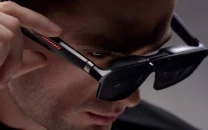

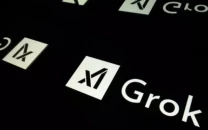
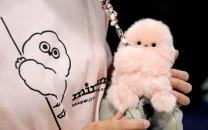

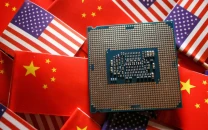












COMMENTS
Comments are moderated and generally will be posted if they are on-topic and not abusive.
For more information, please see our Comments FAQ